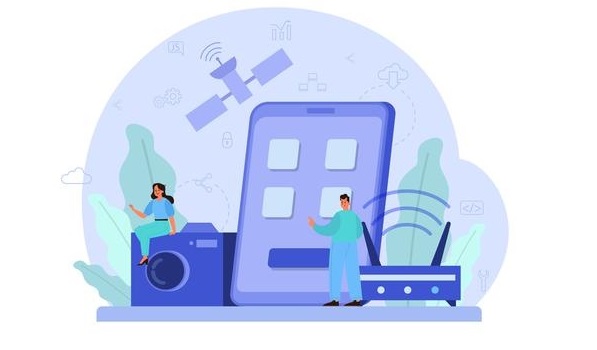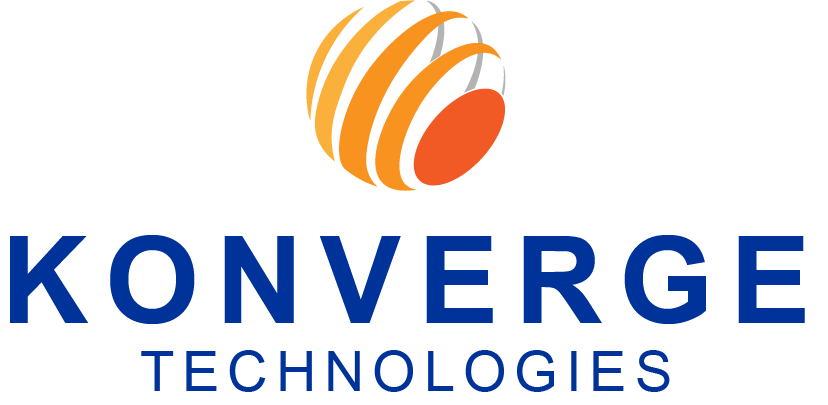IoT (Internet of Things)

IoT (Internet of Things)
The internet of things (IoT) is a catch-all name for a rising number of gadgets that aren’t standard computing equipment but are connected to the internet to send or receive data or instructions.
Under that umbrella, there’s a huge variety of items to consider: Internet-connected “smart” versions of traditional appliances such as refrigerators and light bulbs; gadgets such as Alexa-style digital assistants that could only exist in an internet-enabled world; internet-enabled sensors that are transforming factories, healthcare, transportation, distribution centres, and farms.
The internet of things (IoT) connects physical items to the internet, data processing, and analytics. Consumers will be able to interact with the global information network without using a keyboard or a screen; many of their everyday products and appliances will be able to take orders from the network with minimal human participation.
IoT and our business
- Home (commercial or end-user): IoT devices appear in homes for energy management, security and even some important task automation:
- Thermostats and lighting can be scheduled and controlled through internet applications.
- Motion-activated sensors can trigger video and audio streams to homeowner smartphones.
- Water sensors can watch basements for leaks.
- Smoke, fire and CO2 detectors can report the danger to users.
- IoT actuators can lock and unlock doors remotely.
- Smart refrigerators can track contents, and automated vacuums keep the home clean without direct human intervention.
- Manufacture: IoT devices have found broad adoption in all manner of manufacturing and industrial settings:
- IoT tags can track, locate and inventory enterprise assets.
- IoT devices can help monitor and optimize the use of energy, such as lowering lighting when human-occupied areas are idle or lowering temperature settings during off-hours.
- IoT sensors and actuators can support process automation and optimization.
- IoT devices can monitor all types of machine behaviors and parameters during normal operation, enabling ML to guide predictive maintenance to optimize process uptime.
- Public (health and safety): IoT sensors with cellular-class connectivity can operate collaboratively across metropolitan areas to serve a wide range of purposes:
- IoT devices can detect the presence of vehicle traffic, enabling cities to adjust street lighting on idle streets and off hours.
- Crime prevention efforts might include camera-based surveillance while connected audio detection can direct police to areas where gunfire is detected.
- Cameras can be used to determine and optimize traffic, while transponders and cameras can read license plates or toll boxes to direct toll collection and management.
- Interconnected parking systems enable cities to track parking spots and alert drivers to available spots through an app.
- Sensors can watch bridges and other structures for stress and problems, enabling early detection and remediation.
- Sensors can monitor water quality, enabling early detection of contaminants or pollutants.
- Medical and health: IoT is present in remote patient telemetry and other medical uses:
- Hospitals can use IoT to tag and track the real-time location of medical equipment, including defibrillators, nebulizers, oxygen and wheelchairs.
- IoT in staff badges can help locate and direct staff more efficiently.
- IoT can help with other equipment control — such as pharmacy inventory, refrigerator temperatures and humidity and temperature control.
- IoT hygiene monitoring equipment can help ensure that medical environments are clean and help reduce infection.
- Retail: IoT and big data analytics have found extensive use in retail sales and physical store environments:
- Monitoring and tracking inventory.
- support touchless and scan-less checkout and payment.
- Customers can be microtargeted with offers on their phones as they linger in certain parts of a store.
- Cameras and other surveillance technologies can watch shopper activity and preferences, helping retail stores optimize layouts and organize related products to maximize sales.
- Oil and gas: Isolated drilling sites can be better monitored with IoT sensors than by human intervention.
- Agriculture: Granular data about crops growing in fields derived from IoT sensors can be used to increase yields.
- HVAC: Climate control systems across the country can be monitored by manufacturers.

